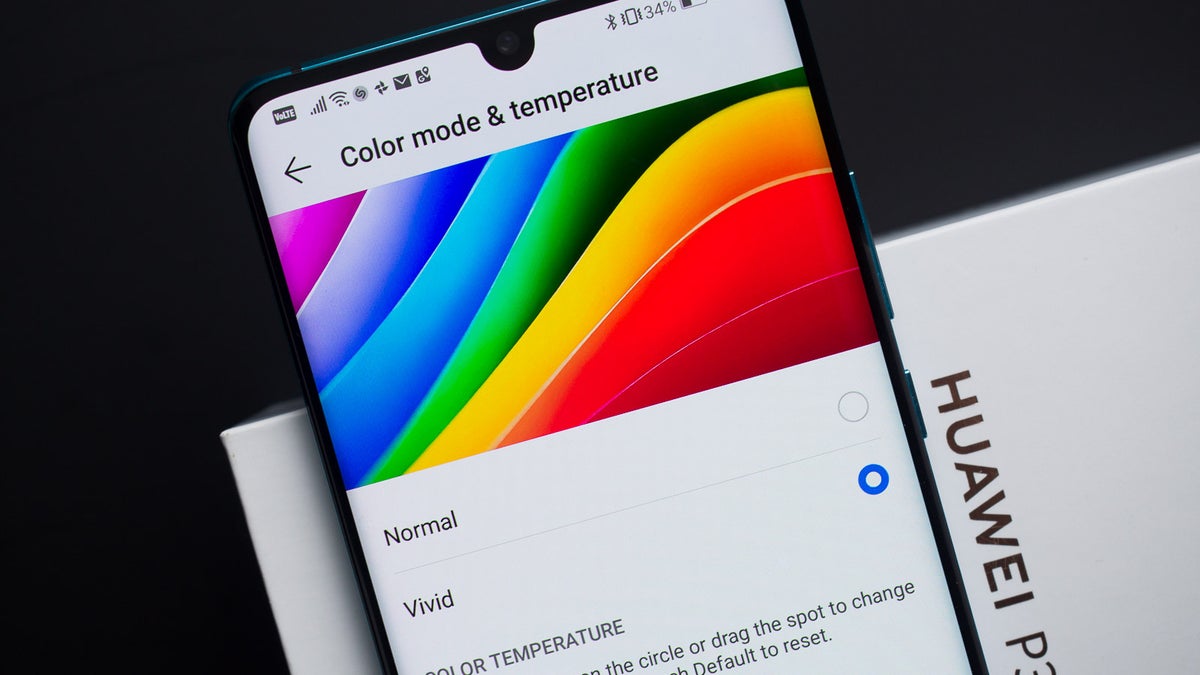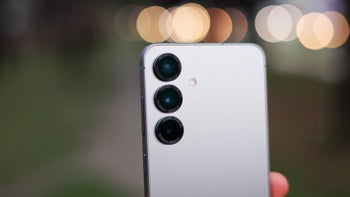Huawei P30/P30 Pro Q&A: Your questions answered

Our P30 Pro review is live, concluding that, yes, Huawei has actually released an excellent high-end device once again. Tremble, Samsung, be afraid, Apple! Well, not really, despite coming up with excellent Android flagships, Huawei will likely remain a runner-up to the two market leaders without a solid presence in the US, which is unlikely to become reality anytime soon. Anyway, we digress.
Our review has answered many of the glaring questions regarding the P30 Pro, but there's always the chance we've glossed over something or missed a minuscule detail that somehow happens to be of great importance to you.
Here are all the answers to your questions:
22222: The P30 Pro shoots better low-light video in comparison with the iPhone XS. You get a much brighter exposure along with less grain and better details, but you will have to cope with Huawei's weird color science. Unlike the natural colors that the iPhone XS produces, video shot on the P30 Pro is almost always way warmer and more vibrant than real life. If punchy colors are your thing, great, but if you're on the hunt for a more close-to-life video, your money will be better spent elsewhere.
PA: Both the 128 and 256GB versions of the P30 Pro (VOG-L29) will likely work best on T-Mobile and AT&T. The Uncarrier's band support is a perfect fit for the P30 Pro, with 2G & 3G fully covered, whereas 3 out of T-Mo's 5 LTE bands are compatible with the Huawei P30 Pro. Meanwhile AT&T has 3 out of its 4 LTE bands supported by the device.
Verizon and Sprint Wireless are no good matches for the P30 Pro.
Here are all the answers to your questions:
pooma: "hos is the low light video compared to iphone xs?"
22222: The P30 Pro shoots better low-light video in comparison with the iPhone XS. You get a much brighter exposure along with less grain and better details, but you will have to cope with Huawei's weird color science. Unlike the natural colors that the iPhone XS produces, video shot on the P30 Pro is almost always way warmer and more vibrant than real life. If punchy colors are your thing, great, but if you're on the hunt for a more close-to-life video, your money will be better spent elsewhere.
moslondon: "what model version is the best option regarding us carriers compatibility?"
PA: Both the 128 and 256GB versions of the P30 Pro (VOG-L29) will likely work best on T-Mobile and AT&T. The Uncarrier's band support is a perfect fit for the P30 Pro, with 2G & 3G fully covered, whereas 3 out of T-Mo's 5 LTE bands are compatible with the Huawei P30 Pro. Meanwhile AT&T has 3 out of its 4 LTE bands supported by the device.
Verizon and Sprint Wireless are no good matches for the P30 Pro.
User123456789: "Is the selfie as awful as P20 Pro? Video bitrate is so low, choice or cpu limitation? Is the video recording better than the useless footage from P20 Pro?"
PA: Video taken with the P30 Pro is better than the P20 Pro, but is definitely a step down from the iPhone XS and Galaxy S10+ in terms of maximum resolution/framerate capture (the P30 Pro is limited to 4K@30fps), as well as by another rather important but often overlooked aspect of videos - colors. Videos taken with the P30 Pro usually turn out a bit warmer and reddish than real life. Videos are generally better than the P20 Pro, but Huawei needs to further improve on the video-recording capabilities of its flagship smartphone.
Sparkxster1. How expensive are the nm cards vs micro SD card? 2. How improved is emui 9.1 vs emui 9.0? 3. Top 5 emui features. 4. How fast is Huawei with updates? 5. Does P30 pro have the best camera at the moment compared to the competition?
PA: 1. When you include the nanoSD card reader in the mix (you'll probably want that one), the costs of the former in comparison with the way more diverse selection of regular microSD cards are way, way higher. Better get a 256GB version of the phone and don't bother with Huawei's proprietary cards. 2. The differences between the two versions of EMUI are actually not that incremental. EMUI 9.1 introduces a new file system to Huawei devices, EROFS, which improves read/write speeds by nearly 20%. EMUI 9.1 also improves GPU Turbo 3.0 by optimizing it for 25 of the top mobile games (Huawei doesn't specify which ones) and tones down energy consumption by 10%. 4. Fast for the flagships, slower with everything else. 5. It's among the best ones, but not the very best.
dawlanas: When shooting a video image is pink. And if the shade is pink, how to fix it? And the sound is he mono or stero?
PA: It's just Huawei's color science, our unit also produces warmish, pinkish red videos. Not very cool. The recorded audio is stereo.
Meeya: How's the low light performance of the selfie camera?
PA: That's up to you to decide:

Huawei P30 Pro low-light selfie samples
Follow us on Google News










Things that are NOT allowed:
To help keep our community safe and free from spam, we apply temporary limits to newly created accounts: